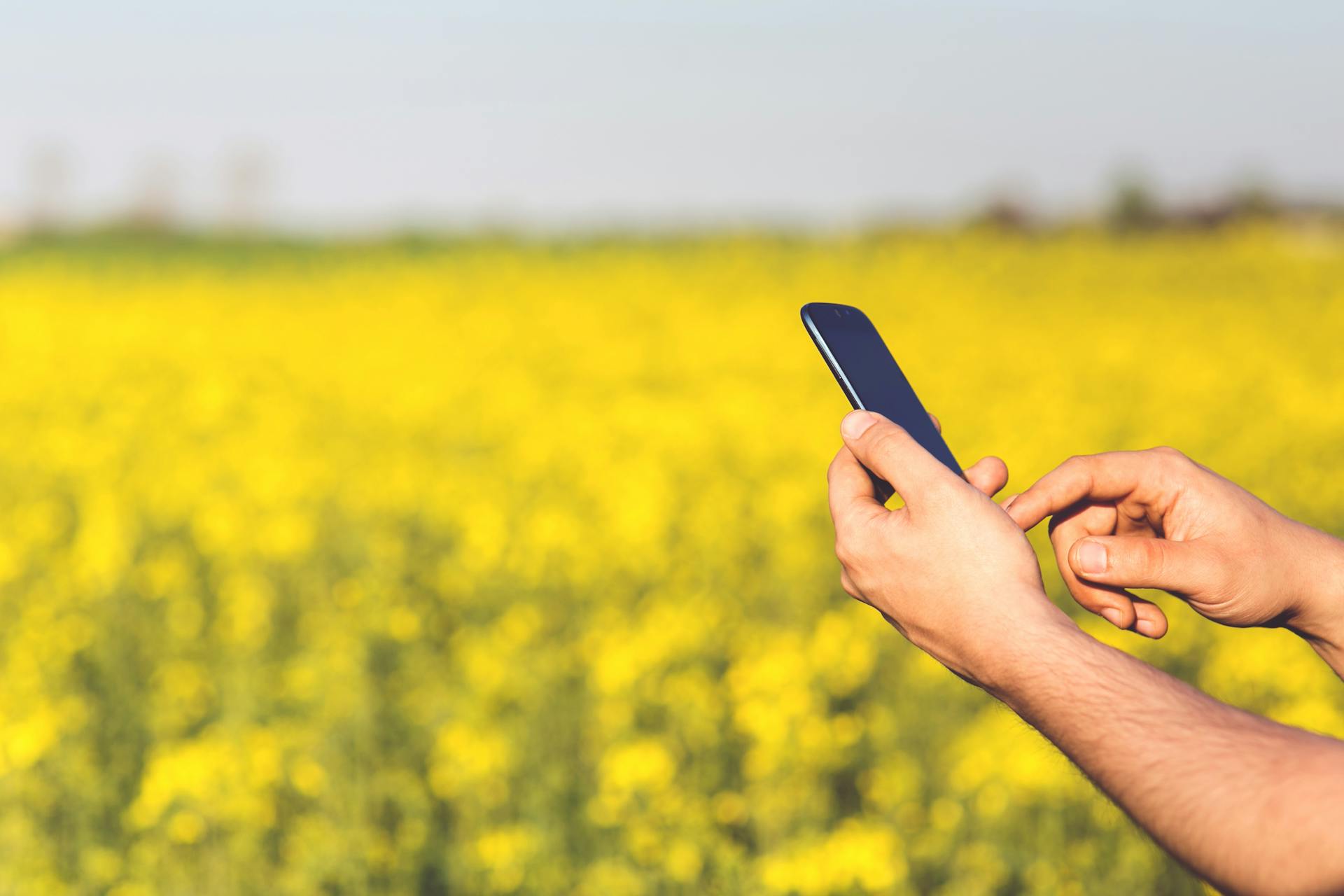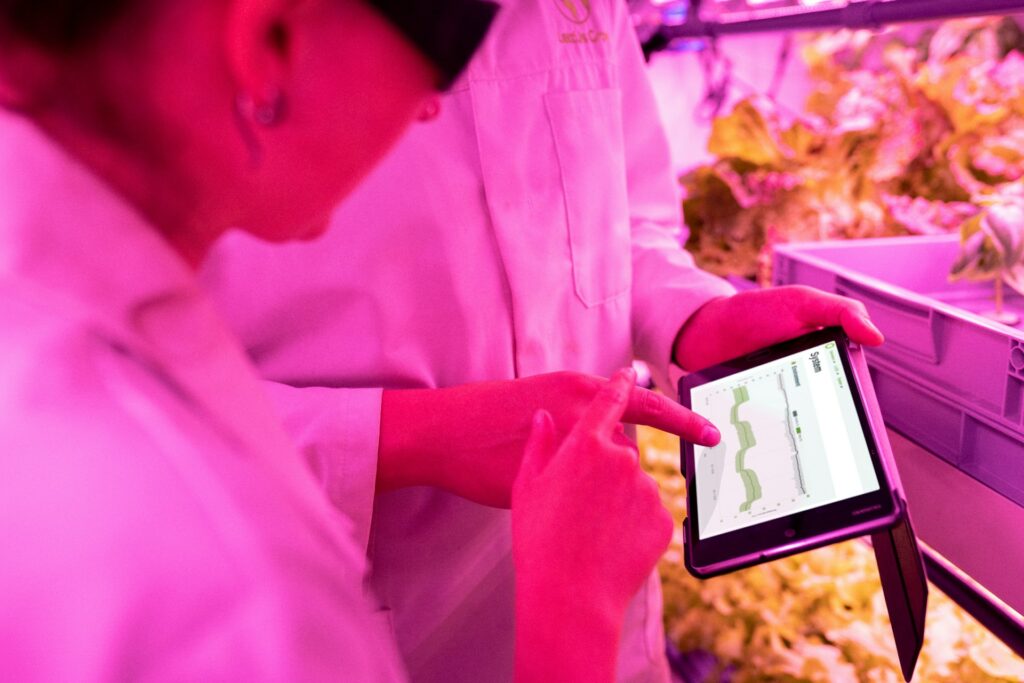- info@farmkit.io
- 5000 Yonge St Suite 1901, Toronto, ON M2N 7E9
6 Transformations of technology in agriculture that you should know
farmkit_admin
March 22, 2024

For many centuries, technology in agriculture was an unthinkable and impractical reality. In recent decades, however, both are involved in the transformation and optimization of processes to ensure more productivity in rural activity.
Over the years, Information and Communication Technology (ICT) has generated resources that are increasingly being incorporated into agricultural processes and have acted as true springs of progress for the countryside and the rural population.
In this post, we will inform how technology in agriculture has changed the agribusiness scenario and we will list the main revolutions in the agricultural production process through the use of technology. Come along with us!
A historical reference
In the period of the first industrial revolution – a period in which technology was totally dissociated from agriculture -, according to the thesis of the British mathematician and economist Thomas Malthus, the world population would grow in geometric progression while food production would grow in arithmetic progression, which would cause food shortages in the future.
Fortunately, this theory served to awaken the minds of scientists to promote revolutions in the agricultural production process through the use of technology, so that this prophecy has not been fulfilled so far. The proper use of technology has contradicted the most pessimistic prognoses of all times.

6 major transformations of technology in agriculture
Technology in agriculture is transforming agribusiness management into a data-driven model, to provide greater process and management control, as well as to enhance the results achieved. Learn about the main transformations that are taking place:
1. Process automation
The time when manual activities were predominant in agriculture is coming to an end. Increasingly, repetitive and higher risk processes are being automated to promote greater reliability and integrity of information, make possible real-time access to performance indicators, and improve the quality of life in rural areas.
2. Internet of Things (IoT)
The connection of everyday objects to the internet has been called the Internet of Things (IoT). It is the use of physical objects to collect and transmit data over a distance.
In this context, the use of drones for automating the monitoring of crop conditions, monitoring the progress of activities, and mapping agricultural areas is gaining more and more space on farms.
This technology saves time and makes it unnecessary for field teams to travel to perform inspections and measuring results. In addition, it optimizes the directing of workers to the places where human intervention is really necessary.
Another application of IoT has been to add sensors to tractors and other agricultural implements to provide better performance in activities such as crop control, monitoring weather, soil conditions, and agricultural pests. Tractors are also being modernized and are already equipped with on-board computers. All these features make data collection and transmission fully efficient.

3. Analysis and monitoring of agricultural variables
The information collected by technological resources and the processing of this data in management information systems are revolutionizing the analysis and monitoring of agricultural variables – climate, soil fertility, water availability, agricultural prices, freight, consumption demand, and input costs, among others.
In this way, it is possible to identify the best time to plant, reduce the application of pesticides, define the best time to sell agricultural products, avoid damage from extreme weather phenomena – frost, hail, etc. -, generate carbon credits, and optimize the use of resources. -generating carbon credits, and optimizing the decision making process in agribusiness in general.
4. Mechanization and remote monitoring
Agricultural implements – such as tractors, sowing machines, and harvesters – are mechanizing many of the farmers’ manual activities. Today, they have on-board computers, GPS, and sensors that allow them to collect accurate data about the planting, handling, and harvesting stages and to remotely monitor the planned activities.
In this way, the management of field tasks becomes more effective and the intended results become more achievable.
5. Precision Farming
Precision agriculture is focused on identifying and mapping all the critical factors of production and determining management actions that allow nutritional balance and prevention of soil erosion, lower water consumption, greater energy preservation, and higher yields from cultivars.
With effective management techniques, based on reliable data collected in real time in field activities, it is possible to reduce losses in low rainfall seasons by up to 80%, and generate economies of scale in the production process – reducing the number of seeds planted, lower fertilizer consumption, localized use of herbicides and pesticides, among other possible savings.
Precision agriculture has made it possible to define specific management practices for each area of a property, considering nutritional deficiency indexes, water availability, topography, and other conditions that interfere in the productivity of the rural property. These practices are based on efficient data analysis.
With this precision, a rationalization and optimization of the application of resources is achieved, and the quality of the agricultural products and the return on the investment made by the rural producer is significantly improved.
6. Traceability of the production process
The technology in agriculture allows tracking all the production stages of a crop, in order to identify the origin of the seeds and seedlings, the volume of pesticides, fertilizers and herbicides applied per area, the management and production per area, and the final destination of the crop, to ensure the quality of the final product and increase the credibility of the rural producer.
Main gains from the association between technology and agriculture
The technology in agriculture has generated several gains for all those involved in this activity. See some of them below.
Practicality
The automation and mechanization of repetitive activities have provided higher quality information and reduced the physical effort of the man in the field.
Greater management control
Management Information Systems (MIS) have been developed, and it is possible to find appropriate systems for each niche of agricultural activity – grain production, ornamental plants, fruit trees, legumes, forage, herbs, among others.
Ease of monitoring and decision-making
The computerization of process controls makes the monitoring of the results of productive routines something fluid and natural, maximizing the chances of success in decision making.
Productivity improvement
Farmers have always made physical and mental efforts to obtain good results in agriculture. Technology is minimizing manual activities and directing the energies of farm workers to value-generating activities.
Technological resources lead the rural producer to the strategic use of digital data, increasing the chances of success and the formation of a specific knowledge base about his farm, in order to optimize his agribusiness management practices.
As we have seen, technology in agriculture benefits field workers with smarter, automated production processes that require less effort and use agricultural inputs in a more rational and economical way. All this enables the remote management of agribusiness with absolute precision.
